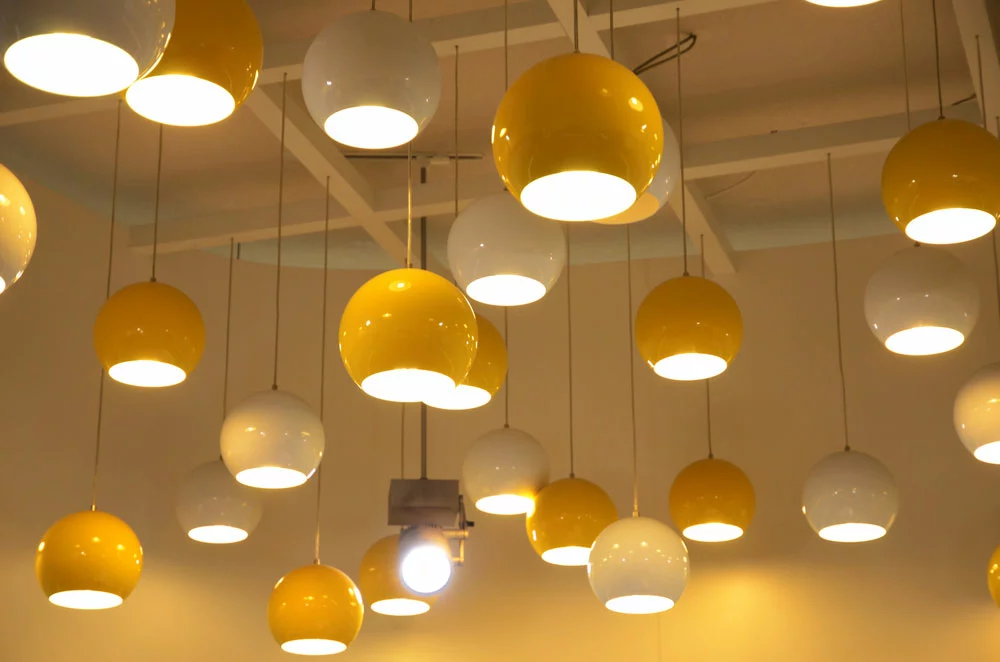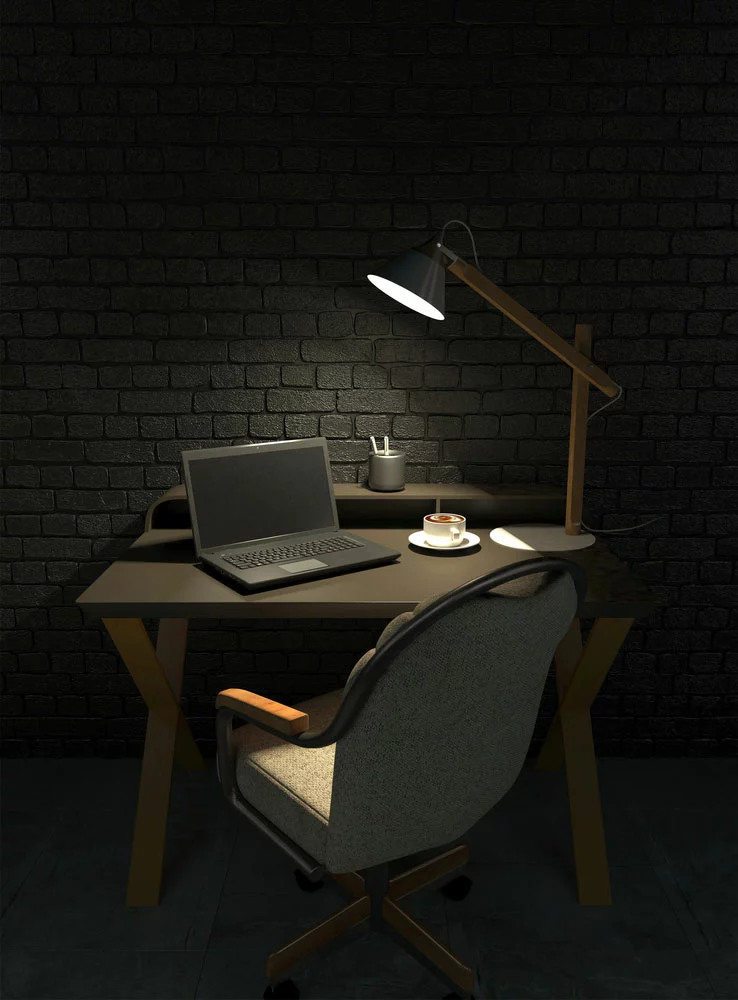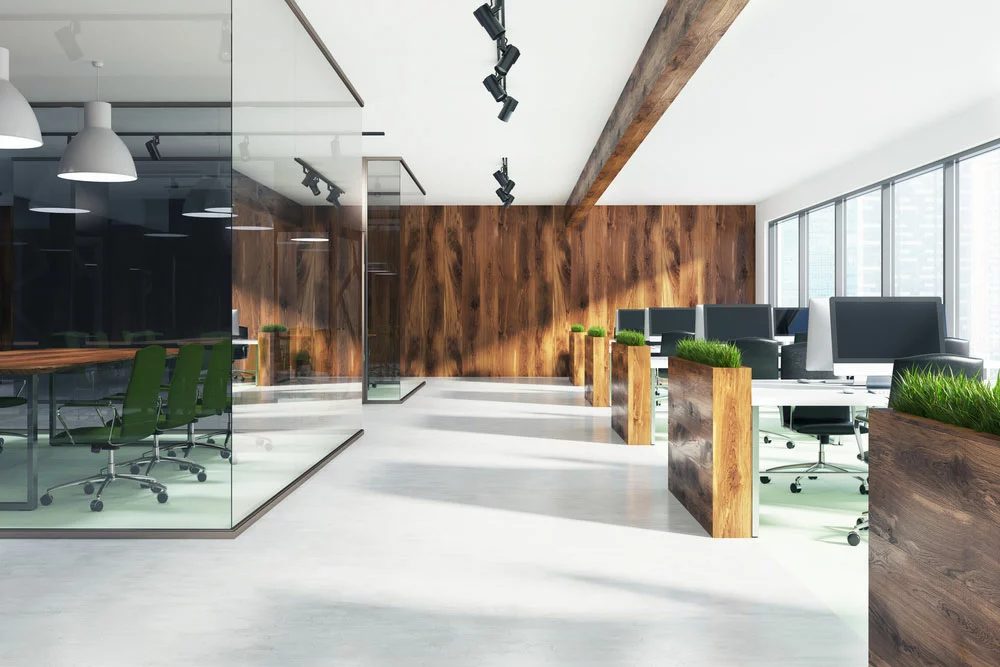Lighting affects the way we look, how we feel and how others perceive us. Good lighting can make you look good and brighten your day. It can elevate your mood, help productivity, or even alleviate eye strain. Bad lighting, on the other hand, distracts you from your work and leaves you looking tired and stressed. This article will discuss all that comes with it and the effect of good vs. bad lighting in your home or office.
What is good lighting?
Good lighting makes you feel better. It’s not just about the light itself but also the atmosphere, mood, and feeling it creates. Good lighting is soft and diffused, with a warm color temperature. It can be bright or dim depending on what you need to be at that precise moment. Good lighting is uniform, not spotty.
Requirements for good lighting
Here are some more requirements for good lighting:
- Brightness – Your eyes need enough light coming into them so that you can see all objects around you without strain. The brightness should be just enough to illuminate objects but not cause glare from devices such as a computer screen. The same goes when driving at night; adequate streetlights and headlights from other vehicles should provide sufficient visibility so there aren’t any dangerous blind spots that could cause accidents.

Bright ceiling lights in a room
- Color Temperature – Light sources emit different colors depending on their temperature rating. The light you need for reading is quite different from that used to light up the kitchen.
- Diffusion – You’ll want your light source to scatter the light evenly across your area of vision. This reduces shadows and glare. Light, especially from LED sources, is harsh to the eyes and needs diffusers to soften it for the human eye. This happens when the brightest light flushes the least lit area in a bulb, ensuring even distribution from the LED bulb.
What is bad lighting?
Bad lighting is a common problem. It can make your home look dingy and make you feel less happy in that space. Here are bad lighting types:

A poorly lit home office set-up
- Too dim light can be annoying because it makes it hard to see what you’re doing. Lousy lighting often forces you to strain your eyes to make out the basic details of objects around the house.
- Too bright light can also be an issue because it starts hurting your eyes after a while. Bright light causes glare which often interferes with your vision. This makes it hard to see, which is ironic as that was the fundamental reason for light.
- Uneven illumination from a light source is a crucial feature of insufficient light. The light is focused on one point, leaving out other areas of a room.
How to tell if you have good or bad light
Here are a few tips for determining between good lighting vs bad lighting, what you have in your home, and some ways to improve it.
Quality
Natural light has a hue close to the sun’s color. Artificial lights are often colder than this, so professional lighting systems will have adjustable settings to compensate for that difference.
Good lighting can be flattering and soft on the skin, while lousy lighting makes you look almost lifeless.
Quantity
If you have too much light, it can be too bright and harsh. If you have too little light, it can be too dark. There is a balance between good lighting and bad lighting that is ideal. You should know what your needs are before you start looking for new lights.
Duration
The duration of your light is also essential. Duration is the length of time a bulb is on. The right duration can increase productivity by making it easier for people to read, work, or engage in other activities.
Direction
The direction of light is essential. It should be dispersed and not harsh, indirect rather than direct, on the same level as the user and at eye level or slightly above. Light sources close to you cast soft shadows, reducing visual strain. In contrast, harsh overhead lighting can create shadows, making it hard to see.
Effect of bad lighting
Whether at home or in the office, the difference between bad lighting vs. good lighting could define a good day and a terrible one. Let’s see how lighting affects you.
Straining the eyes
Dimmer lighting can cause eye strain and make it difficult to see things. It can also lead to headaches and squinting. You blink more often, which might seem like a good thing, but this means your eyes are not getting enough oxygen, so they become irritated. This causes redness in the eyes.
Headaches
Headaches are a common side effect of bad lighting. Overexposure to bright light can cause headaches, as can overexposure to artificial light. The best way to avoid this problem is by using dimmer bulbs or turning off the lights in your home daily. This will allow your eyes and brain to rest from the constant bombardment of visual stimuli we experience daily. This will enable them to heal from any damage the eyes have endured.
The Bad posture
Bad lighting can force you to adopt a bad posture to see better. Bad posture can cause many issues, including back pain and weight gain. It may also lead to poor sleep and digestive and circulation problems.
Low concentration levels
Have you ever been unable to see an essential piece of information because of the glare on your tablet or smartphone screen? The ability to concentrate is necessary for success in all areas of life. People with poor vision often experience problems with schoolwork and work performance because they find it hard to read small print or write clearly under bad lighting conditions.
Increased Fatigue
Lighting has a significant role in regulating our circadian rhythm. This controls body temperature and sleeps patterns throughout each day so that we feel rested when we wake up every morning. Bad lighting will mess up your circadian rhythm leaving your body fatigued constantly.
Ways to Get Good Lighting
If you feel like your home or office has a dark, depressing vibe, consider how much natural light you’re letting in. Sunlight can make all the difference between good and bad lighting and a cozy and dreary room. Here are some ways to get more of it into your space.

An office with a lot of natural light
Using mirrors to reflect sunlight during the day
Mirrors are the simplest way to get more light into a space. You can use them to reflect sunlight during the day, or you can use them at night to reflect the artificial light of your home onto dark corners and walls. Mirrors are great for creating a cozy atmosphere in any room and are also excellent for saving money on power bills.
Paint Your Walls
Painting your walls with a light and neutral color will give you the best results. Light colors reflect light, so the more it comes through, the more energy-efficient it will be. The same goes for mood and energy levels. Soft colors are much better for this than dark ones.
Organizing your furniture
When trying to figure out how to get better lighting in a room, it’s essential to first consider the furniture and objects already in your space. Are there any pieces that are blocking light sources? If so, try moving them around so they aren’t blocking the light sources. You won’t need to move everything, just enough to see the room’s natural light sources.
Summary
Lighting has a subtle but powerful impact on the visual experience of a place. The role lighting plays in our everyday lives is often understated. As we have seen, bad lighting can affect productivity and health. Lighting is one of interior design’s most essential and often overlooked elements. You will not see a dazzling design with lousy lighting. Good lighting vs. bad lighting might be what your home or office needs to give it a whole new facade.
